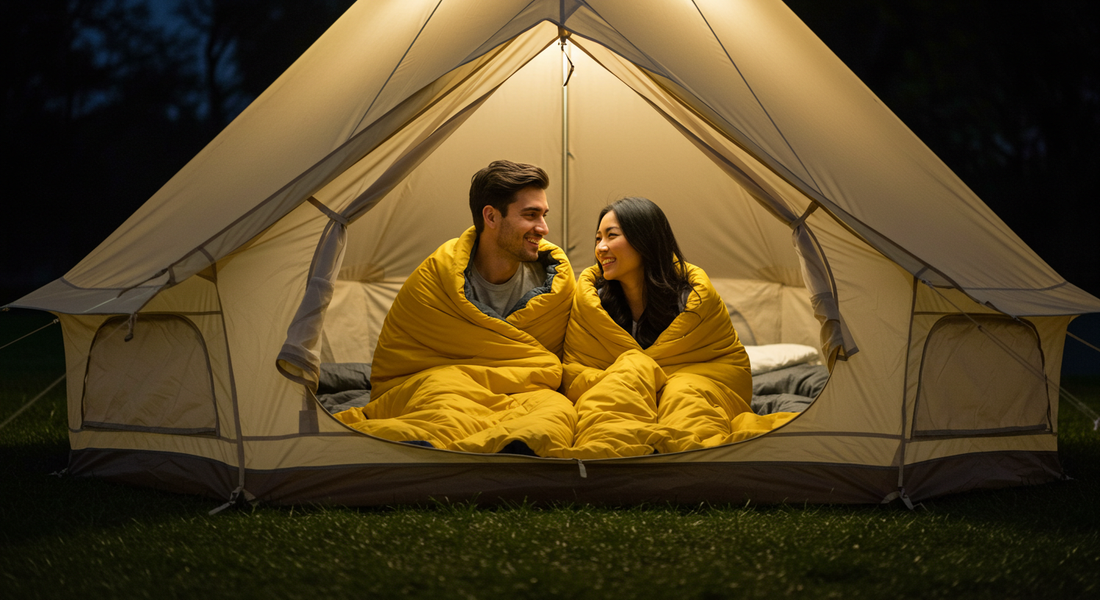
Sleeping Bags: How to Choose the Best for Comfort, Warmth, and Adventure
Share
A sleeping bag is more than just a camping essential—it's your portable bed in the wild. Whether you're a seasoned backpacker, a weekend camper, or preparing for a family trip, choosing the right sleeping bag can make or break your outdoor experience. In this guide, we break down everything you need to know to find the best sleeping bag for your needs.
Why the Right Sleeping Bag Matters
A sleeping bag provides warmth, insulation, and comfort in varying environments. Poor insulation or fit can lead to cold, restless nights that affect your energy and mood the next day. The best sleeping bags balance thermal efficiency, weight, size, and user comfort.
Types of Sleeping Bags
Mummy Bags are designed for maximum warmth with a snug fit and tapered shape. They’re ideal for cold-weather camping and ultralight backpacking.
Rectangular Bags offer more space and freedom of movement. These are great for car camping or mild climates where comfort is a priority.
Double Sleeping Bags accommodate two people and are perfect for couples or family camping.
Quilts and Hybrid Bags are popular among ultralight backpackers, providing versatile insulation options while reducing pack weight.

Key Features to Consider
Temperature Rating: Choose a bag rated for the lowest temperatures you expect to encounter. Look for EN or ISO ratings for reliable performance.
Insulation Type:
- Down provides superior warmth-to-weight ratio and compressibility, ideal for backpacking.
- Synthetic insulation performs better in wet conditions and is more affordable.
Weight and Packability: If you're backpacking, choose lightweight and compressible designs that won’t take up much pack space.
Shape and Fit: A proper fit ensures better insulation and comfort. Women's-specific bags often feature extra insulation in key areas.
Water Resistance: Water-repellent outer shells or treated down insulation can help maintain warmth in damp environments.
Zipper Features: Look for anti-snag zippers, dual zips for ventilation, or zippered footboxes for added flexibility.
Best Use Cases
For cold-weather expeditions, choose a mummy-style down sleeping bag with a sub-zero temperature rating.
For summer family camping, a rectangular synthetic bag offers breathable comfort.
For ultralight hikers, consider a quilt or a compact mummy bag under 2 pounds.
For rainy or damp environments, synthetic bags with water-resistant shells are most reliable.

Care and Storage Tips
Always store your sleeping bag loosely in a large cotton sack or hang it when not in use. Compressing it for long periods can damage insulation.
After each trip, air it out and spot-clean any dirty areas. For deep cleaning, follow the manufacturer's guidelines—many down bags require special detergent.
Using a liner can keep your sleeping bag cleaner longer and add a few degrees of warmth.
Final Thoughts
Sleeping bags are one of the most important investments for anyone who sleeps outdoors. By understanding your adventure style, climate, and comfort preferences, you can find a sleeping bag that ensures restful nights and energizing mornings wherever you roam.
